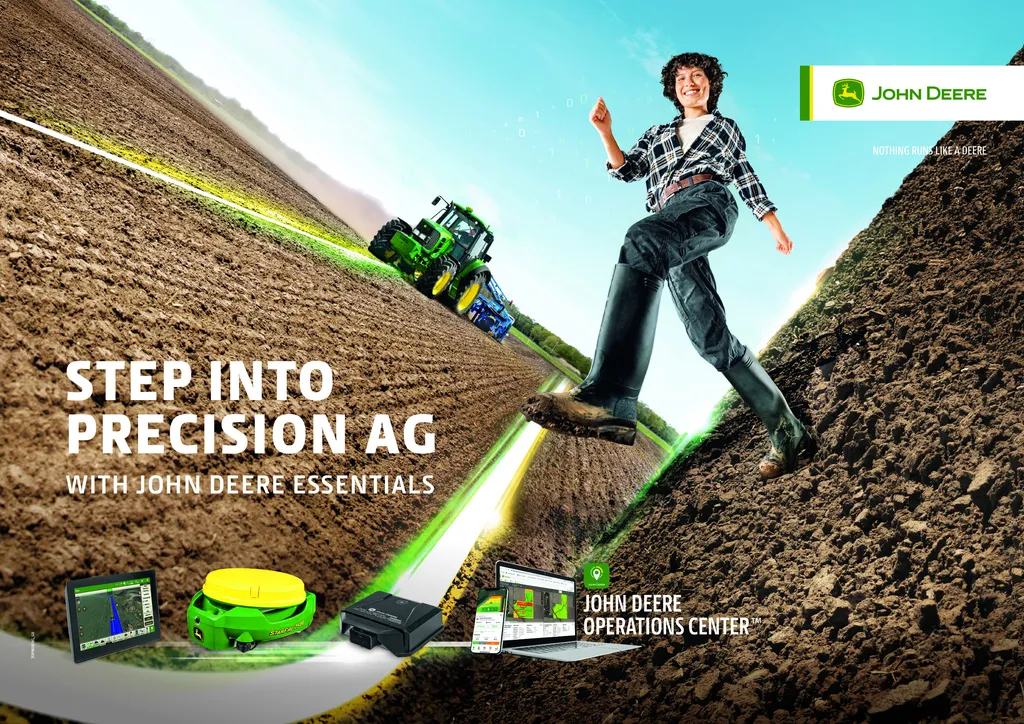In the realm of geospatial technology, a groundbreaking advancement has emerged that promises to revolutionize the way we understand and interact with our planet’s topography. Researchers have developed a novel method to enhance the spatial resolution of Digital Elevation Models (DEMs), offering unprecedented accuracy and detail. This innovation, published in the journal *Remote Sensing*, holds significant implications for various sectors, including agriculture, where precise elevation data is crucial for efficient land management and resource optimization.
The study introduces the Joint Spatial Propagation Super-Resolution network (JSPSR), a cutting-edge approach that integrates Guided Image Filtering (GIF) and Spatial Propagation Network (SPN). By leveraging guidance features extracted from remote sensing images, JSPSR can correct elevation errors and enhance the spatial resolution of DEMs. This method addresses the limitations of existing global DEMs, which often have lower spatial resolutions and contain errors introduced by surface features such as buildings and vegetation.
“Our method not only improves the resolution of DEMs but also corrects errors, providing a more accurate representation of the bare-earth surface,” said lead author Xiandong Cai from the Geospatial Research Institute at the University of Canterbury in New Zealand. This enhanced accuracy is vital for applications in agriculture, where precise elevation data is essential for tasks such as hydrological modeling, soil analysis, and precision farming.
The researchers developed a dataset for real-world bare-earth DEM Super-Resolution (SR) problems in low-relief areas using open-access data. Experiments conducted on this dataset demonstrated the superior performance of JSPSR. Compared to bicubic interpolated GLO-30 DEMs, JSPSR improved prediction accuracy by 71.74% on Root Mean Squared Error (RMSE) and reconstruction quality by 22.9% on Peak Signal-to-Noise Ratio (PSNR). These improvements translate to an overall RMSE of 1.06 meters at 8-meter spatial resolution and 1.1 meters at 3-meter resolution, significantly better than existing datasets like GLO-30, FABDEM, and FathomDEM.
The implications for the agriculture sector are profound. Accurate and high-resolution DEMs enable farmers and agronomists to better understand the topography of their land, optimizing irrigation, drainage, and soil management practices. This can lead to increased crop yields, reduced water usage, and more sustainable farming practices. Additionally, precise elevation data is crucial for planning and implementing precision agriculture technologies, such as drones and autonomous machinery, which rely on accurate topographical information to operate effectively.
Beyond agriculture, the enhanced DEMs can benefit environmental management, urban planning, and disaster response. For instance, accurate elevation data is essential for predicting flood risks, managing water resources, and planning infrastructure development. The ability to correct elevation errors and improve spatial resolution opens up new possibilities for these applications, providing a more comprehensive understanding of the Earth’s surface.
The development of JSPSR represents a significant step forward in the field of geospatial technology. As lead author Xiandong Cai noted, “This method not only improves the resolution of DEMs but also corrects errors, providing a more accurate representation of the bare-earth surface.” The integration of advanced techniques like Guided Image Filtering and Spatial Propagation Network demonstrates the potential of deep learning and remote sensing in enhancing our understanding of the Earth’s topography.
Looking ahead, this research could pave the way for further advancements in geospatial technology. The ability to generate high-resolution, accurate DEMs from lower-resolution data opens up new possibilities for applications in various fields. As the technology continues to evolve, we can expect to see even more sophisticated methods for enhancing and analyzing elevation data, ultimately leading to more informed decision-making and better resource management.
In conclusion, the development of JSPSR marks a significant milestone in the field of geospatial technology. Its potential to enhance the accuracy and resolution of DEMs holds immense promise for agriculture and other sectors. As researchers continue to explore and refine these techniques, we can look forward to a future where precise elevation data is readily available, enabling more effective and sustainable management of our planet’s resources.

